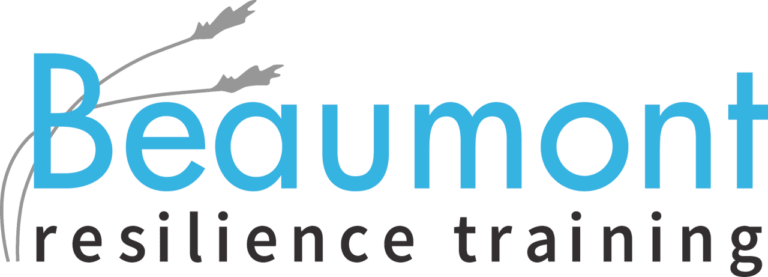
In today’s fast-paced and ever-changing business landscape, Resilience has become a critical component of success. Whether it’s dealing with economic downturns, global crises, reorganisations or other internal challenges, the ability to bounce back and adapt is essential for businesses to thrive. That’s where Resilience training comes into play. By integrating Resilience training into your business strategy, you can equip your organisation with the tools to weather storms and emerge stronger than ever.
The Foundation of Resilience Training
Resilience training isn’t just about individual employees learning how to cope with stress; it’s about building a culture of Resilience that permeates the entire organisation. Here are some key steps to integrate Resilience training into your business strategy:
1. Identify Key Resilience Factors
The first step is to identify the key Resilience factors that are essential for your business. These factors can vary depending on your industry, size, and specific challenges. Common factors include adaptability, communication, problem-solving skills, conflict, mental health awareness and emotional intelligence. Once you’ve identified these factors, you can tailor your training program to address them effectively.
2. Assess Current Resilience Levels
Before you can improve Resilience within your organisation, you need to assess the current levels of staff Resilience. You can do this through surveys, interviews, or workshops that gauge the overall well-being and stress levels of your employees. This assessment will help you understand where your organisation stands and what specific areas need attention.
3. Develop Customised Resilience Training
Once you’ve identified the key resilience factors and assessed the current state, it’s time to develop a customised training programme. Work with experts in the field or consider hiring a specialist Resilience Training company to design a programme that addresses the specific needs of your organisation. Training should include a combination of workshops, coaching, and resources tailored to your business.
4. Promote a Culture of Resilience
Resilience training isn’t a once-and-done process; it should become an integral part of your organisation’s culture. Leaders should model Resilience behaviour and promote its importance throughout the company. Encourage open communication, problem-solving, and a growth mind-set. Provide ongoing support and resources to reinforce the training’s impact, such as bite-sized online resources, webinars, Resilience coaching, etc.
5. Monitor Progress and Adapt
Regularly monitor the progress of your Resilience Training programme. Use key performance indicators to assess its impact on your organisation. Gather feedback from employees to make necessary adjustments and improvements. Be flexible and willing to adapt the training as your business evolves and faces new challenges.
Bottom Line
Integrating Resilience training into your business strategy is not a one-time task but an ongoing commitment to building a Resilient culture. By identifying key factors, customising training, and promoting Resilience in decision-making, you can create an organisation that is better prepared to thrive in the face of adversity. With Resilience as a core component of your strategy, your business can adapt, grow, and succeed in today’s ever-changing world.
Explore Resilience Training for expert guidance in Resilience training and wellbeing courses. Enhance employee Resilience with their specialised coaching courses. Find the perfect online resilience coaching course to boost your team’s well-being and success. Your journey towards Resilience starts here.
